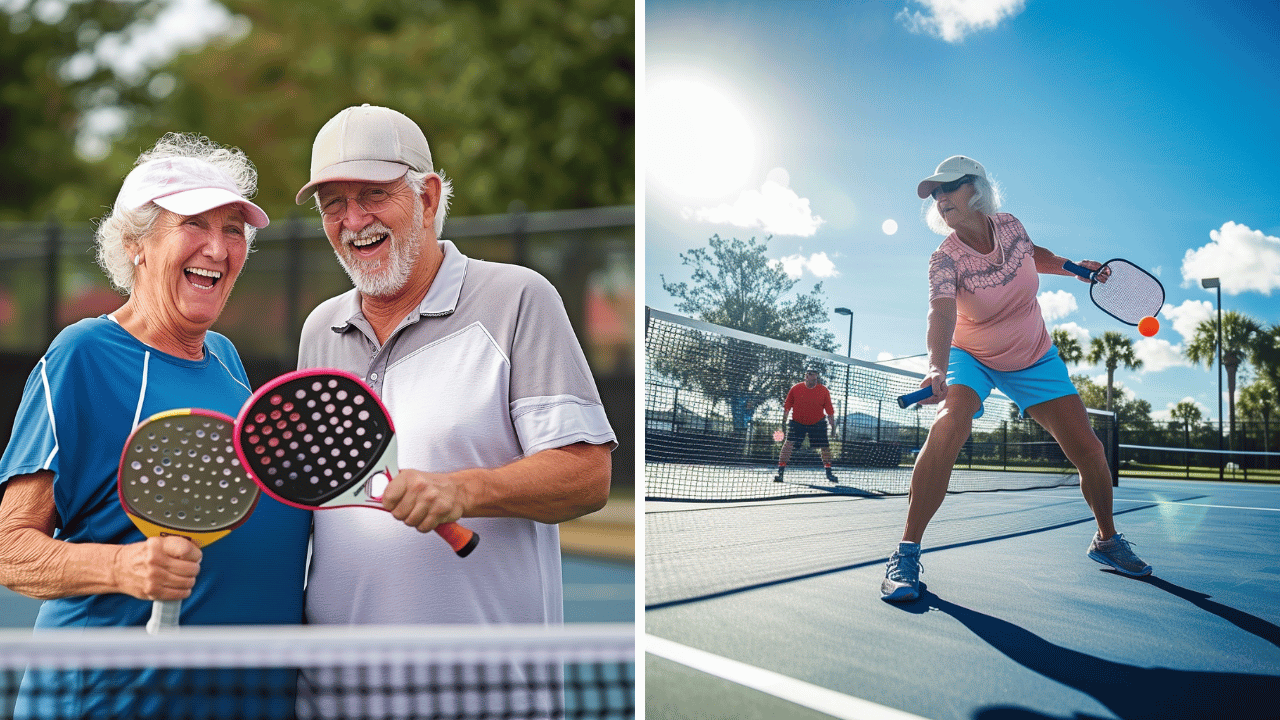Key Takeaways:
- Understanding the criteria for illegal pickleball paddles and the implications for players.
- Insights into the CRBN paddles controversy and its impact on the pickleball community.
- The importance of USAP compliance and the process for getting paddles approved.
The Controversy Surrounding Illegal Pickleball Paddles
Illegal pickleball paddles have become a hot topic in the pickleball community, especially with the recent controversy surrounding CRBN paddles. These non-compliant paddles, known for their high performance, were temporarily banned due to non-compliance with USA Pickleball (USAP) standards.
The ban and testing of CRBN pickleball paddles by USA Pickleball revealed that some paddles were found outside of permitted grit levels, leading to their ban from professional matches and USA Pickleball-sanctioned events.
Paddle testing revealed non-compliant paddles, causing a stir in the community. This ban has left many players and paddle companies scrambling to understand the rules and ensure their equipment meets the required specifications.
The primary issue with illegal pickleball paddles often revolves around surface roughness. The USAP has strict guidelines on the texture of paddle faces, which must pass the Starrett Meter roughness testing.
Paddles that exceed the allowed roughness can give players an unfair advantage, leading to their disqualification from sanctioned tournaments. This has significant implications for both recreational play and competitive events.

🚨 👉🏻 Follow us on Youtube for our Pickleball Videos at https://www.youtube.com/@SwagScaleSports
🚨 The 1st 1000 Subscribers to our Youtube Channel and website will get our Fantasy Football Rankings For Free! (Comes Out In JUNE)!
Michelle Esquivel's CRBN Paddle: A Case Study
CRBN paddles, particularly the CRBN 1 and CRBN 2 models, were at the center of a major controversy when they were temporarily banned by USAP. The ban was due to the paddles’ surface roughness exceeding the allowed limits. The paddle testing process revealed the non-compliance, leading to the temporary ban.
The generation CRBN paddles were scrutinized for compliance with USAP standards. This decision affected many players, including professional player Michelle Esquivel, who used Michelle Esquivel’s CRBN paddle in tournaments.
The CRBN paddle owner and the company took swift action to address the issue. They implemented improved quality assurance procedures and began producing paddles that met USAP’s compliance standards. Other CRBN paddles passed additional in-field tests, ensuring compliance.
Subsequent batches of CRBN paddles were tested and added to the approved paddles list, allowing players to use them in sanctioned tournaments once again. This case highlights the importance of adhering to USAP’s strict guidelines and the impact of non-compliance on both players and manufacturers.
The Importance of USAP Compliance and the USAP Approved Paddles List
USAP compliance is crucial for any paddle manufacturer producing equipment for sanctioned tournaments. The USAP has established specific requirements for paddle surfaces, including roughness, size, and material, known as the established USAP paddle requirements. Paddles not meeting these criteria are deemed illegal and cannot be used in official competitions.
For players, using non-approved paddles can result in disqualification from tournaments and a tarnished reputation. Using non-compliant paddles can also lead to severe consequences, including immediate disqualification and potential bans from future events.
For manufacturers, failing to meet USAP standards can lead to bans, sales loss, and brand damage. Therefore, both parties need to understand and adhere to the USAP’s guidelines to ensure fair play and maintain the integrity of the sport.
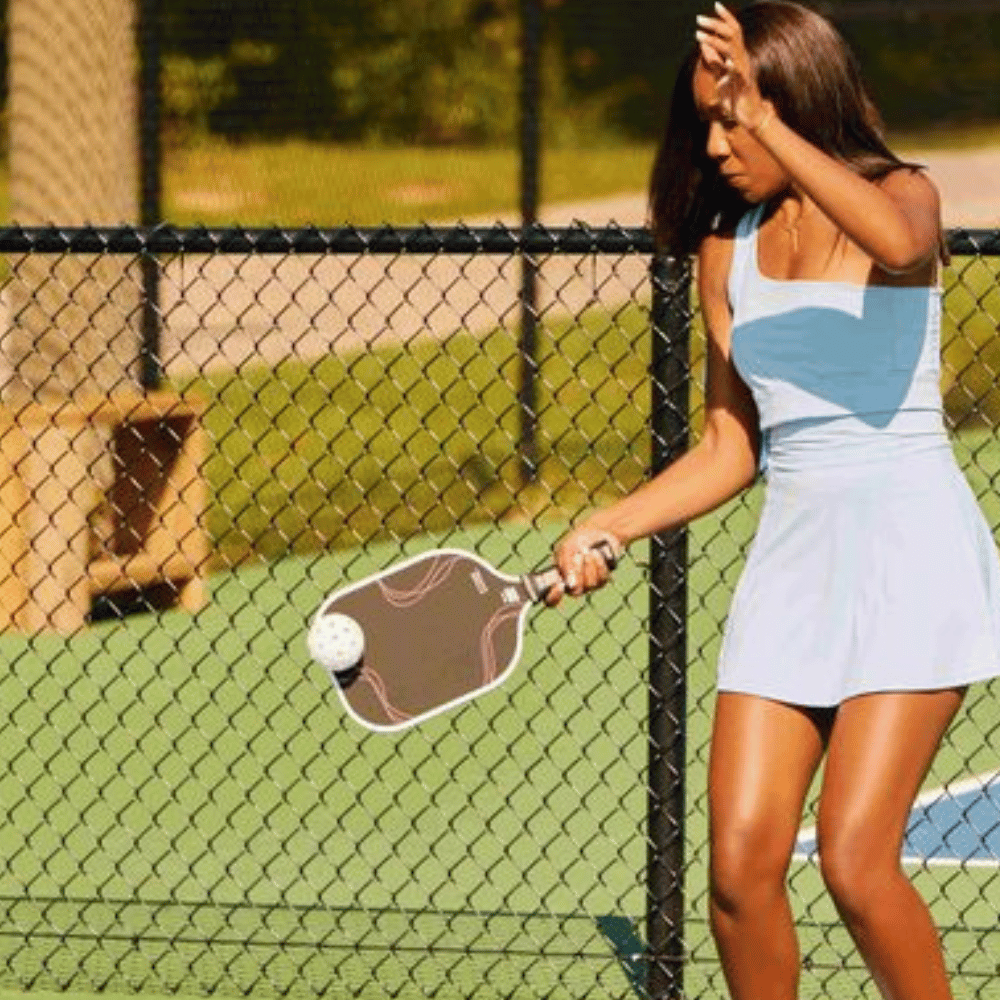
The Process of Getting Paddles Approved
Getting a paddle approved by USAP involves a rigorous testing process. The paddle testing process includes multiple stages to ensure compliance with USAP standards.
Paddle companies must submit their products for evaluation, where they undergo various tests, including the Starrett Meter roughness testing. Paddles that pass these tests are added to the approved paddles list, allowing them to be used in sanctioned tournaments. Competitors are also working towards getting their future paddles approved by the USA Pickleball Association.
For CRBN paddles, the path to approval was not without challenges. After receiving a formal warning from USAP, the company had to halt production and address the non-compliant surface roughness.
They implemented new quality control measures and resubmitted their paddles for testing. Once the paddles met the desired specifications, they were reinstated on the approved list, much to the relief of the pickleball community. All subsequent paddles will now have a laser-etched serial code to indicate approval status, ensuring compliance and eligibility for use in USAP-sanctioned tournaments.
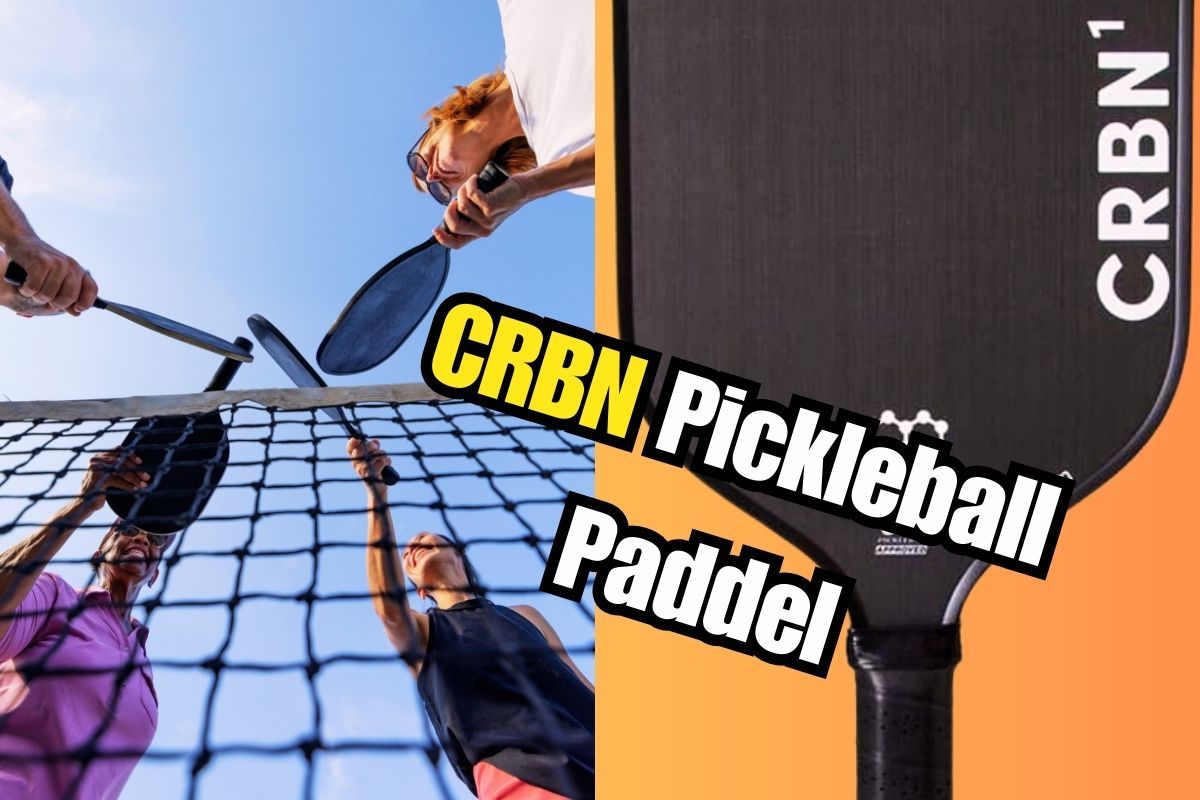
The Impact on Players and Manufacturers
The temporary ban on CRBN paddles had a significant impact on both players and manufacturers, particularly due to the issue of non-compliant paddles. For players, especially those who had invested in CRBN paddles, the ban meant they had to find replacement paddles that met USAP standards.
Manufacturers have announced plans to start shipping replacement paddles within the next month, with eligibility criteria based on proof of purchase and product registration. This was particularly challenging for professional players who relied on their equipment for competitive play.
For manufacturers, the ban highlighted the importance of adhering to USAP’s strict guidelines. It also underscored the need for robust quality control measures to ensure that all paddles produced meet the required specifications.
The CRBN paddle controversy served as a wake-up call for many paddle companies, prompting them to review their production processes and ensure compliance with USAP standards.
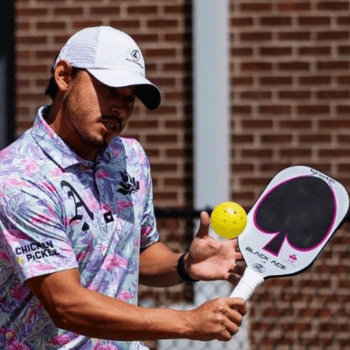
The Role of Quality Control in Paddle Production
Quality control is a critical aspect of paddle production, especially for companies aiming to produce USAP-approved paddles. The paddle testing process is an integral part of quality control, ensuring that each paddle meets the required specifications.
Ensuring that each paddle meets the required specifications involves rigorous testing and continuous monitoring of the production process, including verifying that each paddle is a passing paddle in compliance with USAP standards. This helps prevent issues like non-compliant surface roughness and ensures that all paddles produced are fit for competitive play.
For CRBN paddles, the implementation of improved quality assurance procedures was a key factor in getting their paddles reinstated on the approved list. By addressing the issues identified by USAP and ensuring that subsequent batches met the required standards, the company was able to regain the trust of the pickleball community and continue producing high-quality paddles.
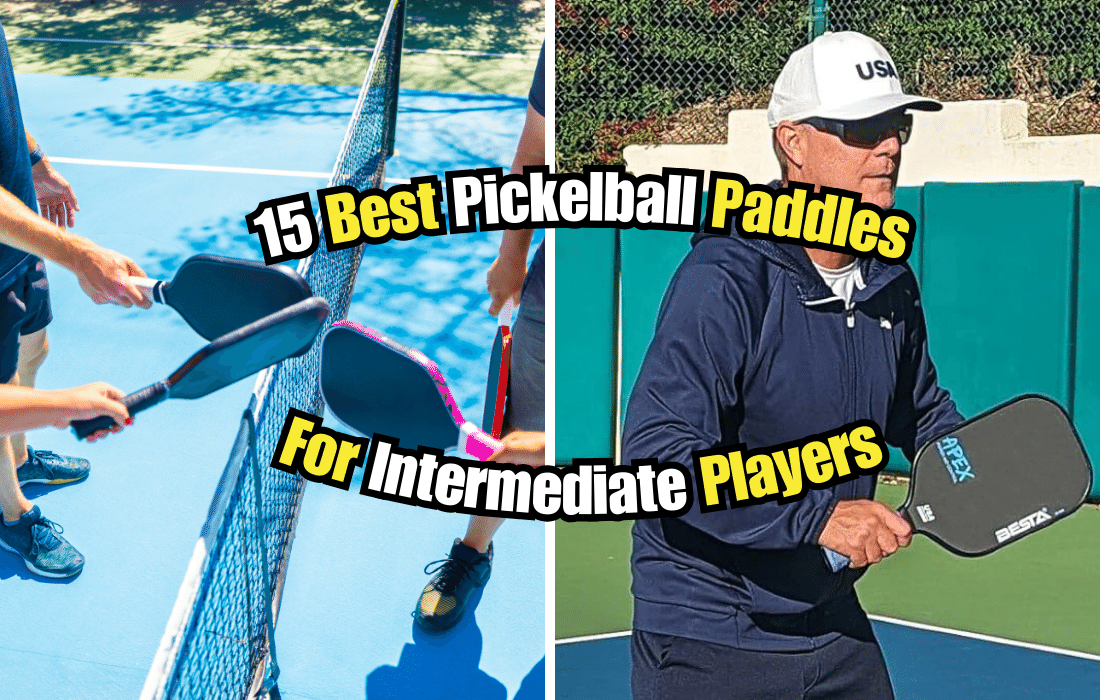
The Future of Pickleball Paddles
The future of pickleball paddles looks promising, with numerous paddle companies investing in research and development to produce innovative and compliant equipment.
The CRBN paddle controversy has highlighted the importance of adhering to USAP standards and the need for continuous improvement in paddle production.
As the sport continues to grow, players can expect to see new paddles with advanced features and improved performance. However, both players and manufacturers need to remain vigilant and ensure that all equipment used in sanctioned tournaments meets USAP's strict guidelines. This will help maintain the integrity of the sport and ensure fair play for all participants.
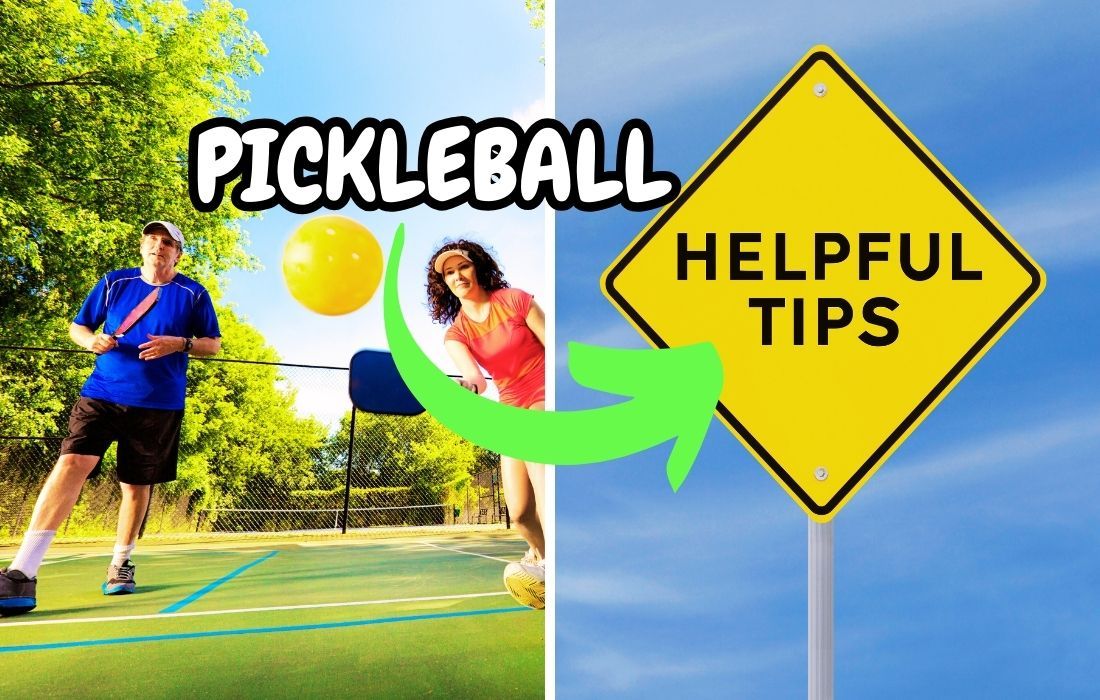
The Role of USAP in Ensuring Fair Play
The USAP plays a crucial role in ensuring fair play in pickleball by establishing and enforcing strict guidelines for paddle specifications. These guidelines help maintain a level playing field and prevent players from gaining an unfair advantage through the use of non-compliant equipment.
For paddle manufacturers, adhering to USAP standards is essential for producing approved paddles that can be used in sanctioned tournaments. This involves rigorous testing and continuous monitoring of the production process to ensure that all paddles meet the required specifications. By working closely with USAP, manufacturers can ensure that their products are compliant and fit for competitive play.
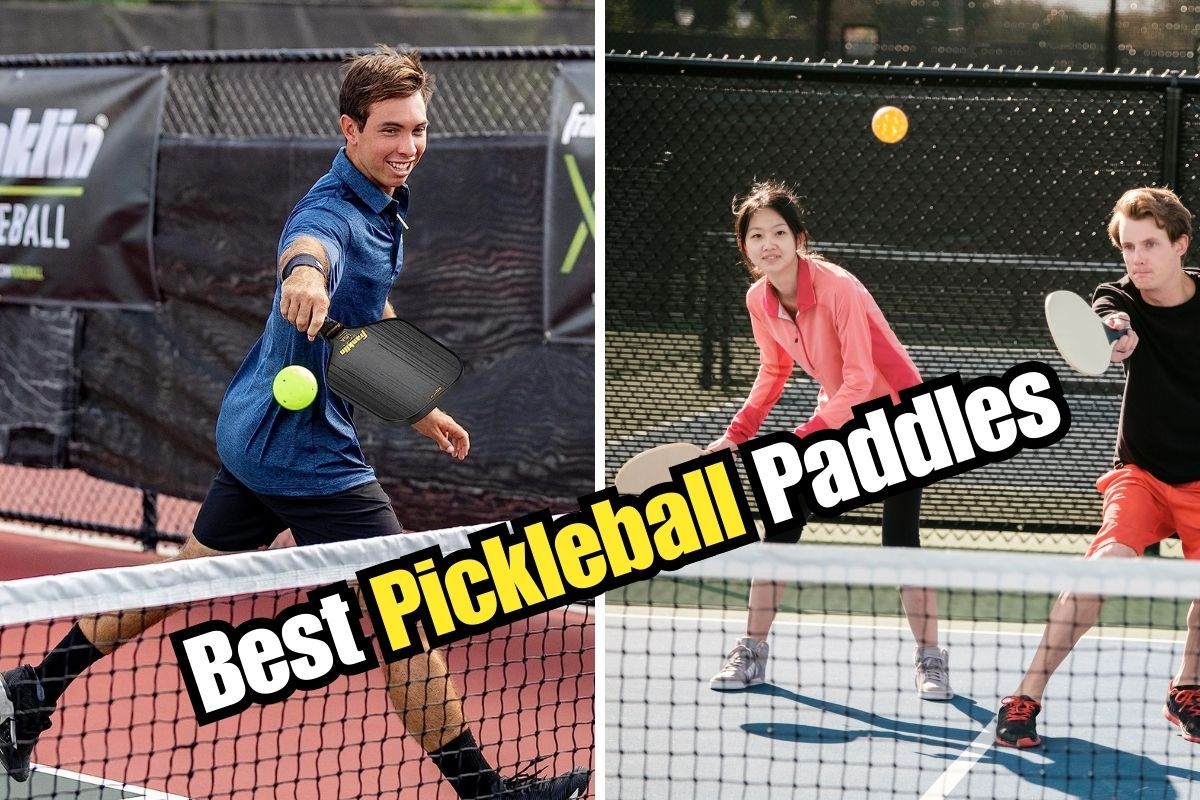
The Importance of Staying Informed
For players and manufacturers alike, staying informed about USAP’s guidelines and any changes to the USAP-approved paddles list is essential. This helps prevent the use of non-compliant equipment and ensures that all participants are playing by the same rules.
Regularly checking the USAP’s website and staying up-to-date with any announcements can help players and manufacturers stay compliant and avoid any potential issues.
For CRBN paddles, staying informed about USAP’s guidelines and addressing any issues promptly was key to getting their paddles reinstated on the approved list. By implementing improved quality assurance procedures and ensuring that subsequent batches met the required standards, the company was able to regain the trust of the pickleball community and continue producing high-quality paddles.
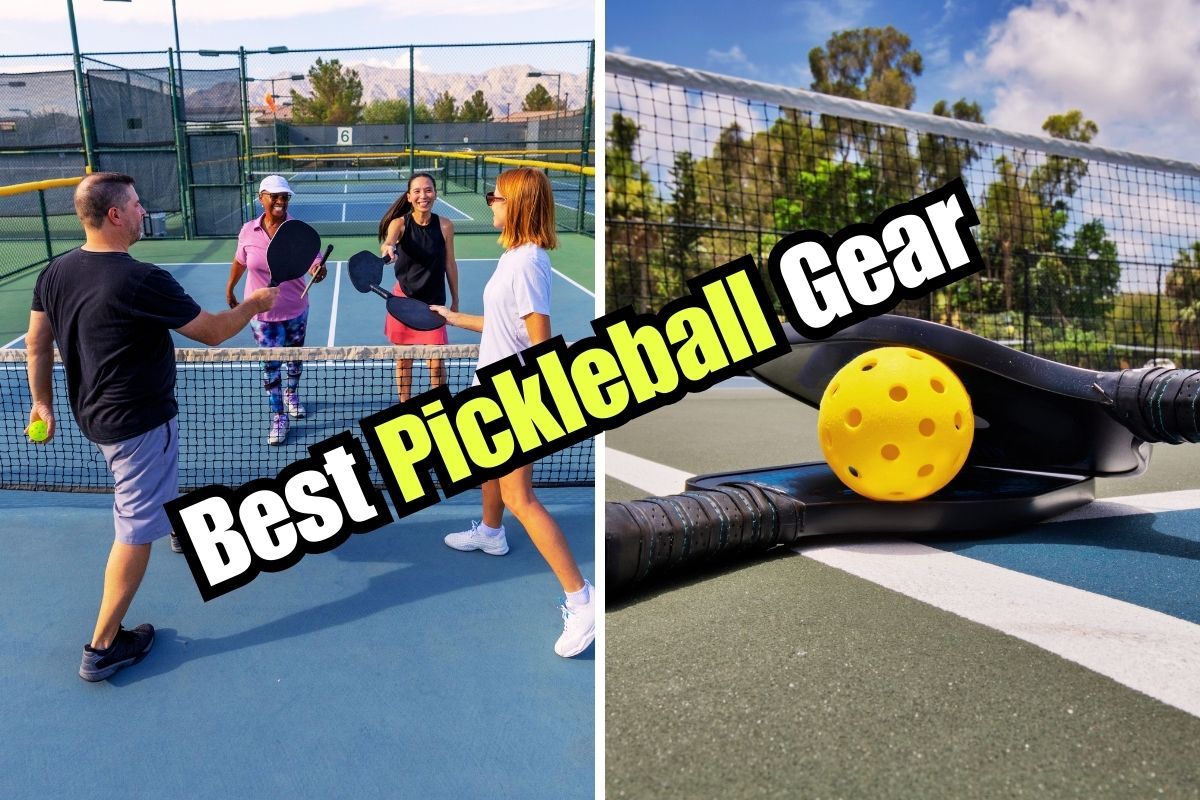
Summary
Illegal pickleball paddles, particularly the CRBN paddles controversy, have highlighted the importance of adhering to USAP's strict guidelines for paddle specifications.
The temporary ban on CRBN paddles due to non-compliant surface roughness had a significant impact on both players and manufacturers, underscoring the need for robust quality control measures and continuous monitoring of the production process.
By staying informed about USAP's guidelines and ensuring that all equipment used in sanctioned tournaments meets the required specifications, players and manufacturers can maintain the integrity of the sport and ensure fair play for all participants.
Your Pickleball Paddles Guru,
Kim
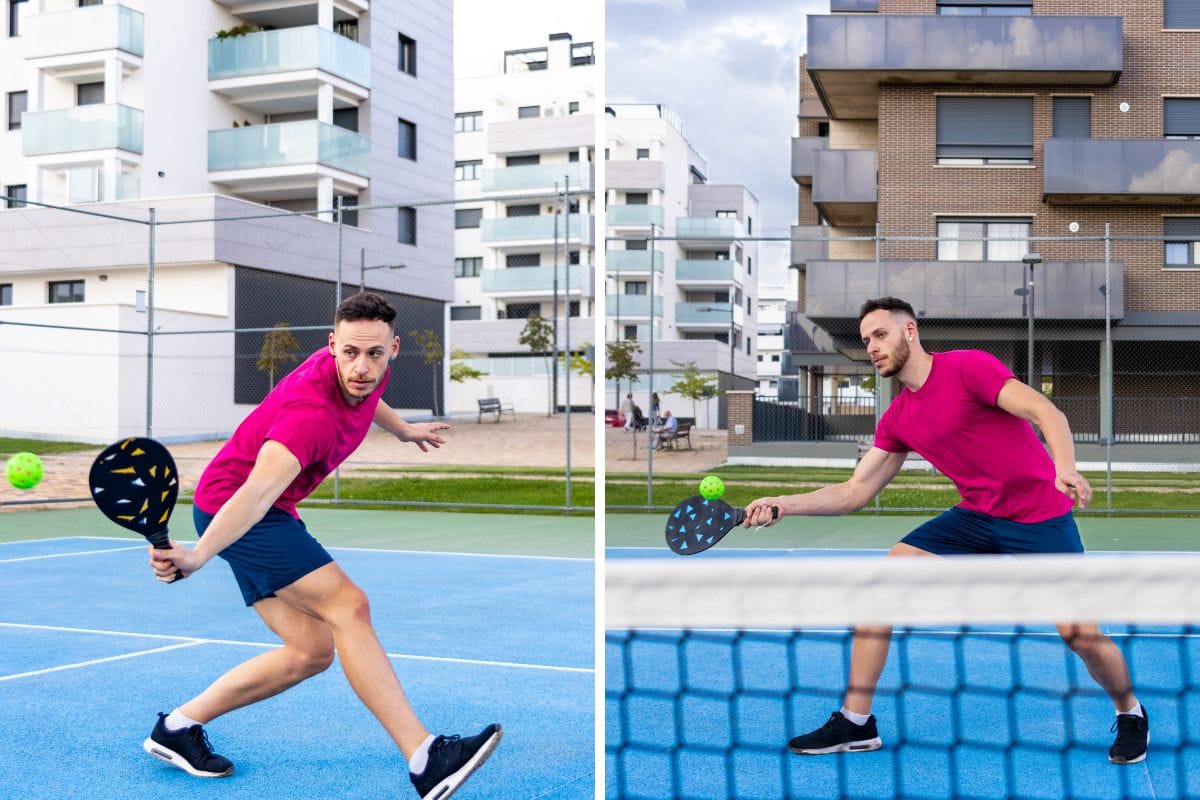

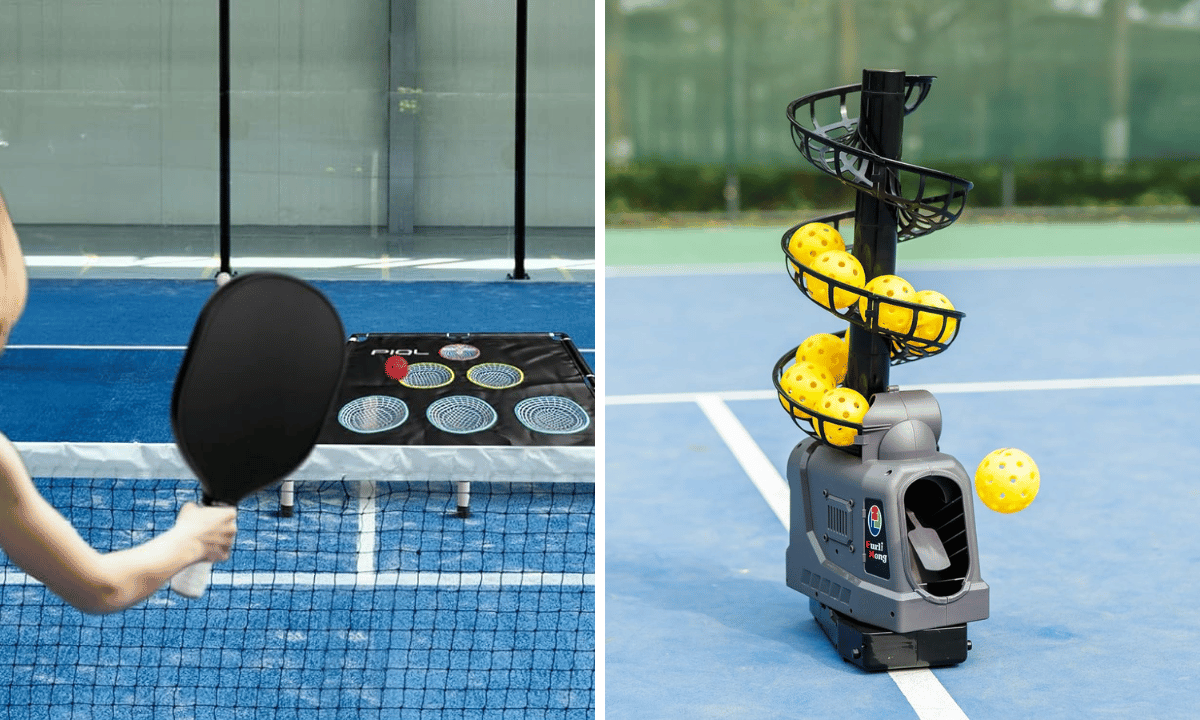
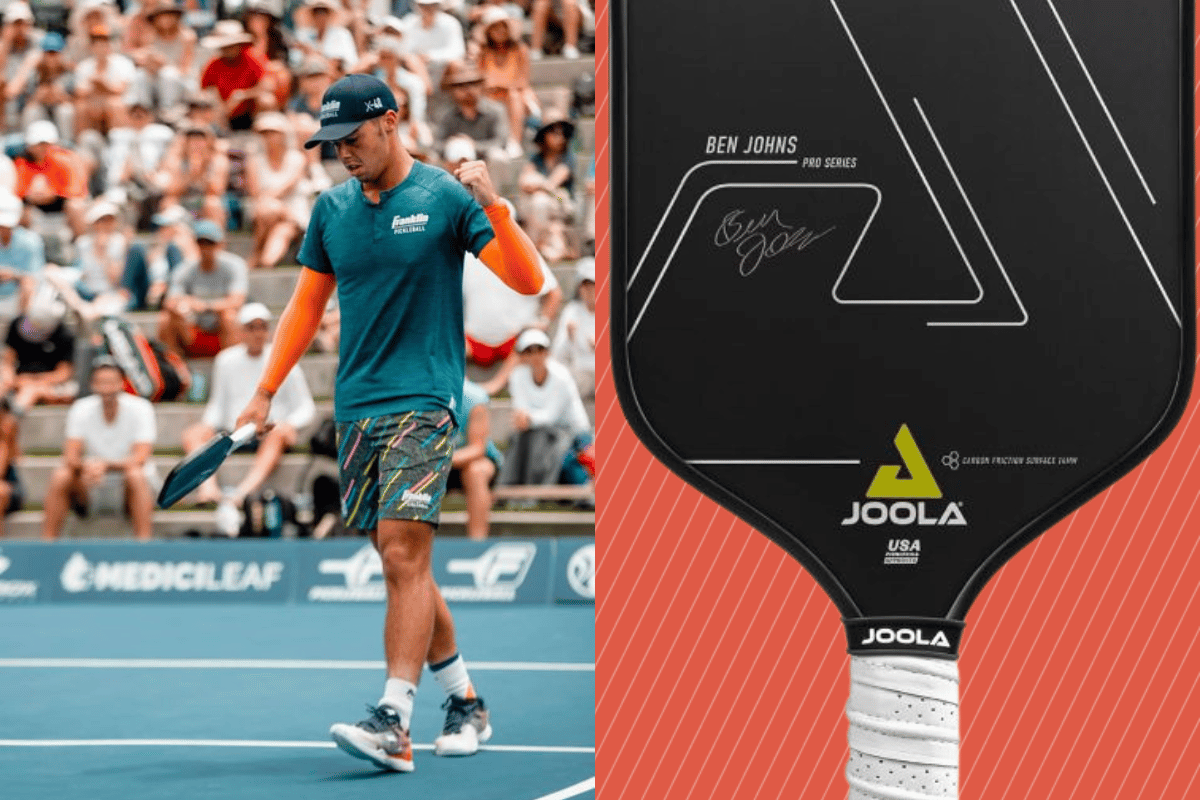
FAQ
What makes a pickleball paddle illegal?
A pickleball paddle is considered illegal if it does not meet the specifications set by USAP, including non-compliant paddles that fail to adhere to the rules. This includes factors such as surface roughness, size, and material.
Paddles that exceed the allowed roughness or do not meet other criteria are deemed non-compliant and cannot be used in sanctioned tournaments.
How can I ensure my paddle is USAP-approved?
To ensure your paddle is USAP-approved, check the USAP's approved paddles list on their website. This list is regularly updated with paddles that have passed the required testing and meet the necessary specifications. If your paddle is not on the list, it is advisable to contact the manufacturer for more information.
What should I do if my paddle is banned?
If your paddle is banned, you should stop using it in sanctioned tournaments immediately. Contact the manufacturer to see if they offer replacement paddles that meet USAP standards. Additionally, stay informed about any updates from USAP regarding the status of your paddle and any potential reinstatement.
credit for pictures:
@finesse

- I just got this Capital One Credit Card last month and the cashback they give you is awesome. I highly recommend this credit card. Get it Here.
- Here are the perks that come with this credit card.
|








